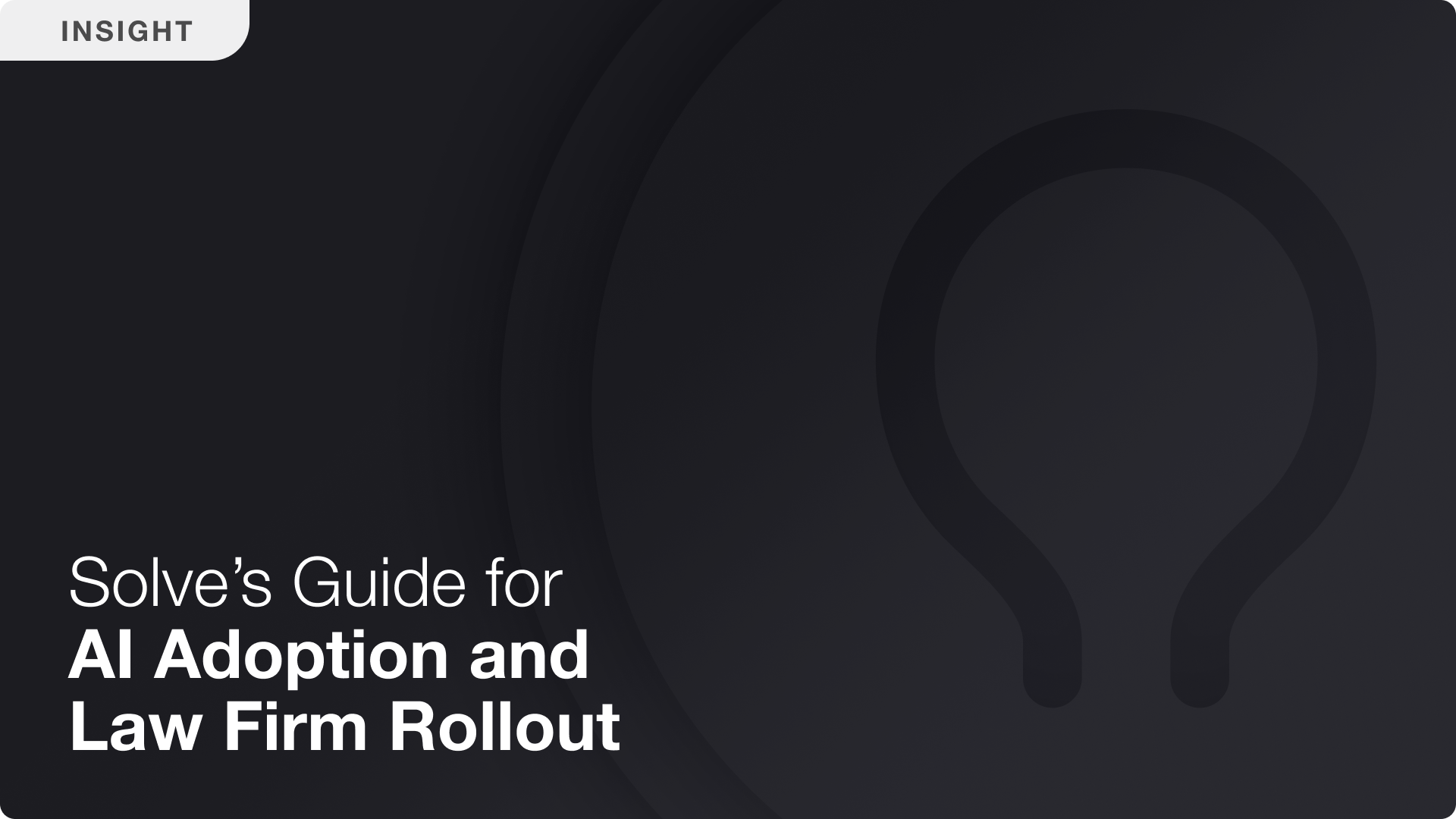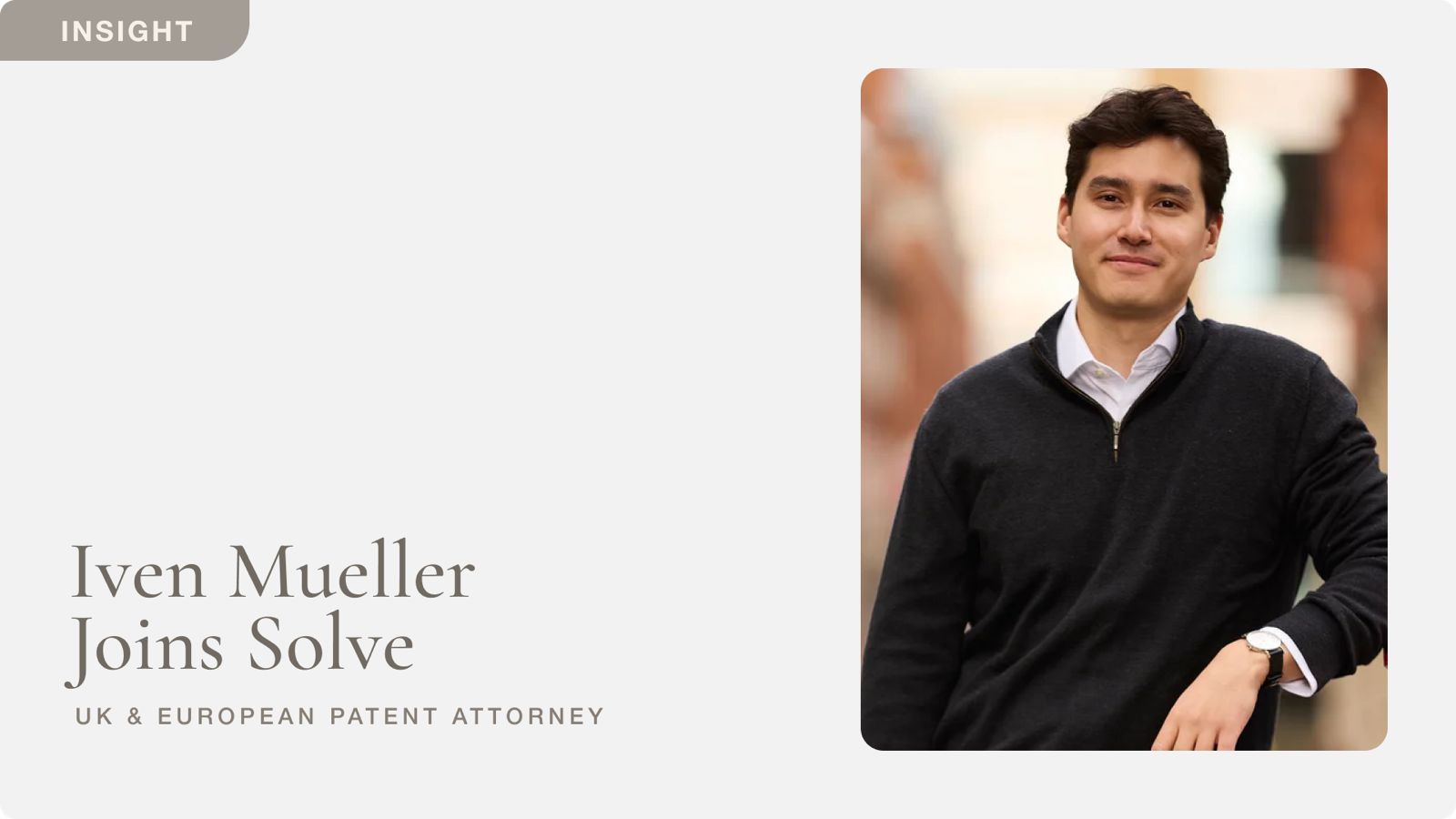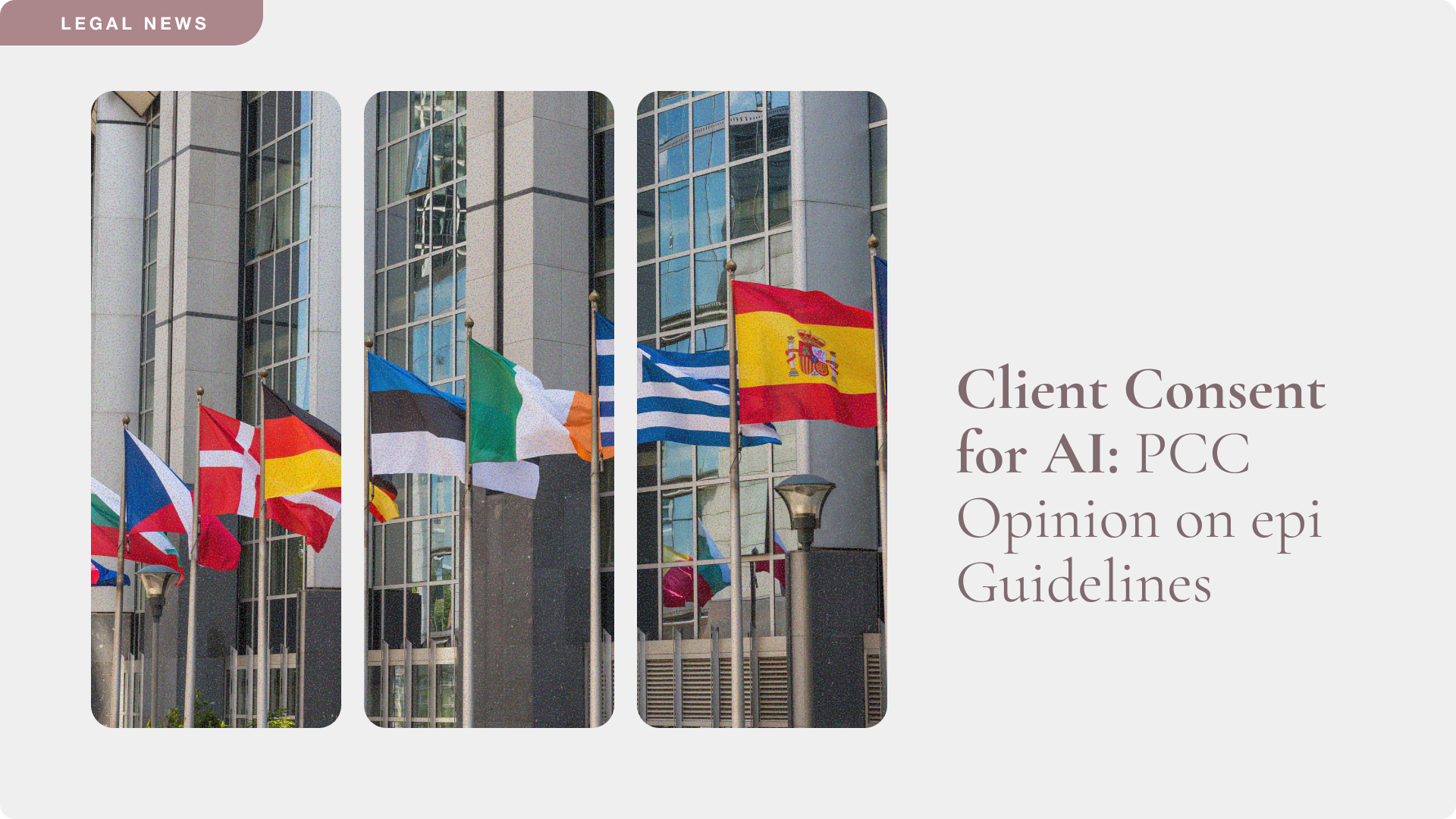Considerations for AI-Assisted Patent Proofreading and Review
Solving the pain points of patent document review
Patent proofreading and review tools are specialised to detect grammar, formatting, and structural issues in patent applications and related documents. With AI, these tools have also become beneficial in analysing claim structure, verifying aspects that require jurisdictional compliance, and maintaining consistency and support across the specification, claims, and formal drawings.
AI tools are able to identify nuanced semantic and structural issues that human reviewers often overlook. And for firms managing large portfolios, this reduces attorney time, unnecessary rejections, shortens prosecution timelines, and delivers tangible ROI.
If tailored to specific jurisdictions like the USPTO and EPO, they can also incorporate jurisdictional-related requirements and guidelines that reduces costly amendments and foreign attorney fees, reducing the risk of post-filing objections.
.avif)
Why Manual Review Falls Short
Despite the advantages, many patent attorneys and paralegals still rely on manual proofreading — using checklists, macros, and formatting reviews to catch errors. These methods lack precision, aren’t scalable, and often fall short under increasing scrutiny from patent offices and rising client demands for speed and quality. This reliance introduces two interrelated challenges:
1. Human Error and Inconsistency
Manual proofreading is prone to oversight. This is particularly true in relation to claims where structural dependencies, antecedent basis, and internal references must be accurately maintained. Errors commonly overlooked, triggering clarity issues for example, include:
- Omitted or ambiguous antecedent basis,
- Misnumbered or improper dependencies,
- Inconsistent terminology between claims and the description.
These issues can result in rejections that delay prosecution, increase costs, and weaken enforceability. In global portfolios, a drafting mistake in a PCT application can propagate across national phases, amplifying both cost and risk. Moreover, such inconsistencies often surface not during examination, but during due diligence, licensing negotiations, or litigation — where ambiguity can materially affect enforceability and valuations for example.
2. Time Inefficiency
Manual proofreading is slow and resource-intensive, especially for complex patent applications. Attorneys may spend hours reviewing long specifications in fields such as biotech, telecommunications, or software, tracking claim dependencies and verifying cross-references.
This delays filing and diverts patent practitioners from higher-value strategic tasks such as portfolio planning, invention mining, or optimising claims. The inefficiency results in higher client costs, slower time-to-file, and delayed innovation capture for in-house IP counsel.
Delays at the drafting stage can also jeopardise strategic timelines — such as provisional-to-non-provisional transitions or national phase entry deadlines — which may impact the ability to claim priority or enforce patents effectively, or incur additional fees to trigger grace periods.
Working With the AI: Redlining and Version Control
As highlighted in our previous blog post about patent proofreading, AI technology uses machine learning algorithms to analyze and interpret patent documents. These algorithms are trained on large datasets of patent documents, enabling them to recognize patterns and identify errors with a high degree of accuracy.
While automation improves consistency and scale, the most effective AI tools are designed to complement — rather than replace — human review. They allow attorneys to remain firmly in the role of director, supervising and guiding drafting output while delegating repeatable, error-prone checks to the AI.
Tracked Changes for AI-Generated Edits
Modern AI proofreading functionalities, including those incorporated into Solve Intelligence’s Patent Copilot™, offer tracked changes functionality. As the AI proposes edits, such as refining claim dependencies, correcting antecedent basis, or flagging issues specific to a given jurisdiction (e.g., adding reference numerals to claims for the EPO), each change is transparently captured. Patent attorneys can review, accept, reject, further edit, or comment on these AI-generated edits, preserving authorship and enabling seamless interaction with the tool.
In-Browser Editing with Full Version History
Best-in-class platforms now offer in-browser document editors with integrated proofreading and version control. Through Solve’s platform, attorneys can:
- View tracked suggestions and redlines applied to the original draft,
- Access full version history, including side-by-side comparisons of document iterations,
- Revert to previous saved versions of the document.
Version history allows attorneys to toggle between versions, compare them in detail, and restore prior drafts if desired. This not only ensures transparency, consistency, and control throughout the drafting process but also supports internal policies and ethical compliance. This capability is particularly valuable when:
- Reviewing AI-assisted claim drafting or amendment suggestions,
- Collaborating with inventors, colleagues, or internal legal teams,
- Preparing filings tailored to the strict formatting and structure expectations of examining bodies such as the EPO or USPTO, or switching between different jurisdictional styles of drafting.
These features do more than streamline workflows — they create a clear audit trail of edits. And having a detailed record of who made what changes, and when, is incredibly valuable.
What are the Core Proofreading and Review Features?
To emphasise once more, these tools are designed to enhance attorney workflow by automating routine checks and surfacing issues earlier in the drafting process that would otherwise lead to rejections, delays, or potentially weakened claims.
Solve Intelligence’s proofreading and review functionalities use highly evaluated models tailored to each review task to flag common and complex drafting errors. Key review functionalities include:
- Tracked changes and version control: Provides an auditable trail of edits and AI interventions, helping teams maintain compliance with professional responsibility obligations.
- Accuracy, consistency, and support checks: Verifies consistency and alignment across the entire patent document by ensuring claims and figures are fully supported by the specification, and validating accuracy across the invention disclosure form (IDF), claims, and drawings to avoid internal inconsistencies and potential rejection.
- Verifying antecedent basis, dependencies, and references: Flags missing, ambiguous or incorrectly used references as well as structurally invalid claims that can be crucial for clarity.
- Terminology flagging: Identifies disfavored or client-prohibited terms to ensure tone and language align with internal guidelines.
- Cross-document validation: Ensures accurate referencing of prior art, continuation applications, or other related citations.
When selecting a patent proofreading tool, legal teams should look beyond generic document review capabilities and focus on features that address the unique needs of attorneys and patent application preparation. Additional features attorneys should look for in a robust proofreading and review tool include:
- Full Compatibility with Microsoft Word: Supports version-controlled editing workflows, including preservation of comments and tracked changes.
- Custom Rule Libraries: Enables firms to tailor checks for preferred terminology, style, or drafting conventions.
- Usability and Interface Design: A straightforward user interface reduces the friction of getting onboarded with a tool and encourages broader team adoption.
- Document Sharing and Version Control: Critical for firms managing large teams, external inventors, or in-house counsel workflows.
- Ongoing Support and Training: Responsive support ensures long-term usability and return on investment as AI tools evolve. At Solve Intelligence, we are actively partnering with customers to whom we provide round-the-clock support to walk you through the product, answer questions, and hear your feedback.
Looking Ahead
Patent proofreading and review functionalities drive consistency, reduce manual workload, and improve patent drafting efficiency. For solo attorneys and large patent teams alike, AI-assisted proofreading is essential for delivering consistent, high-quality output in today’s fast-paced IP operations and growing patent filings. Solve Intelligence streamlines this process by incorporating such functionalities directly within your drafting environment.
AI for patents.
Be 50%+ more productive. Join thousands of legal professionals around the World using Solve’s Patent Copilot™ for drafting, prosecution, invention harvesting, and more.



.png)
